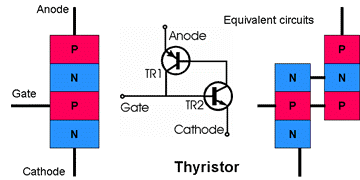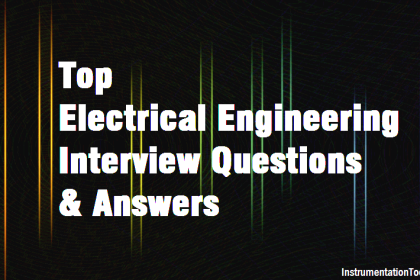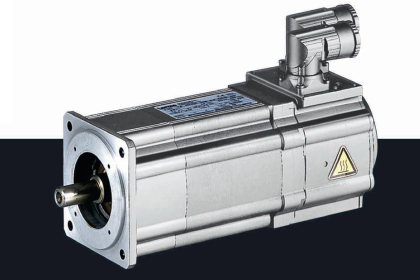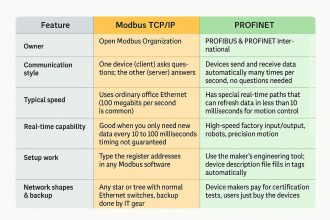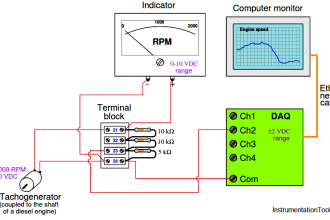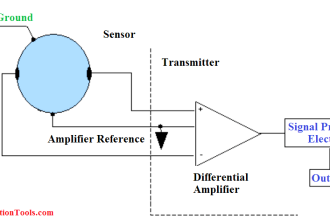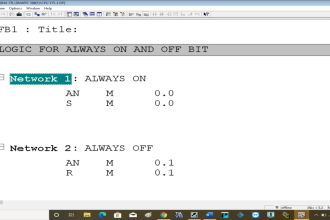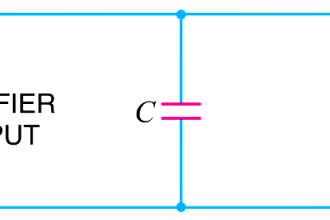Voltage Control Interview questions
How the Voltage Control in power system is achieved?
Voltage control is achieved by suitably installing voltage control equipment at specified places such as at Generating stations, Transformer stations supplying power to feeders, and at load end.
Name the different methods of controlling voltage in an ac supply system?
The different methods of controlling the voltages in an ac supply system are:
- Excitation control at generating stations
- By using tap changing transformers
- Induction regulators
- Booster transformers
- Series compensation
- Shunt Compensation
- Synchronous phase modifiers
What is a booster transformer?
Booster transformer is one which is often used towards the end of a power line in order to raise the voltage to a desired value.
Why it is necessary to keep the receiving end voltage constant within specified limits?
For satisfactory operation of the equipment/machinery supplied by the electrical power network it is necessary to keep the receiving end voltage constant within the specified limits. Too wide variation of the voltage may cause the erratic operation or even malfunction of the consumer appliances.
Why excitation control is not possible beyond certain limits?
Excitation below certain level may cause instability of the system and excitation above specified limits can lead to overheating of the machine’s stator and rotor. So excitation control is not possible beyond certain limits.
What are the some precautions must be taken when using a booster transformer?
There must be no fuse on the high voltage (hv) side or primary side since the booster transformer is similar to current transformer. If the fuse blows an extremely high voltage could built up on the secondary side.
Circuit Breakers Interview Questions Answers
What is meant by Current Chopping?
Current Chopping is a phenomenon of current interruption before the natural current zero is reached.
Why Isolation switches are provided along with the circuit breakers?
Isolation switches are provided for separating the disconnected element from the live portion of the system for the purpose of safety.
Why asymmetrical breaking current is higher than the symmetrical breaking current in a circuit breaker?
Asymmetrical breaking current is the rms value of the combined sum of the dc and ac components of the short circuit current at the instant of separation of the breaker contacts while symmetrical breaking current is the rms value of the ac component alone. Thus asymmetrical breaking current is higher than the symmetrical breaking current.
What is recovery voltage in circuit breaker?
Recovery voltage in circuit breakers is defined as the power frequency rms voltage which appears across the breaker contacts after the transient oscillations die out and the final extinction of the arc has resulted in all the poles of the circuit breaker.
It is the voltage developed after the arc extinction is competed.
When does an arc extincts?
If the rate of rise of re-striking voltage (RRRV) is less than rate of rise of dielectric strength between the breaker contacts arc will not sustain and extincts.
What is re-striking voltage?
The Re-striking voltage may be defined as the resultant transient voltage which appears across the breaker contacts at the instant of arc extinction.
For an Resistive Load and Inductive load considered for switching operation of circuit breaker, Switching of which load is difficult and Why?
In case of switching resistive load, current and voltage will be in phase i.e,when during current zero voltage also will be zero in case of resistive load. Hence the voltage at the breaker terminals during arc extinction is zero or minimal. On the other hand, for switching inductive load during current zero voltage across the breaker will be maximum. This results in re-striking of arc once again. Therefore switching inductive load will be difficult
